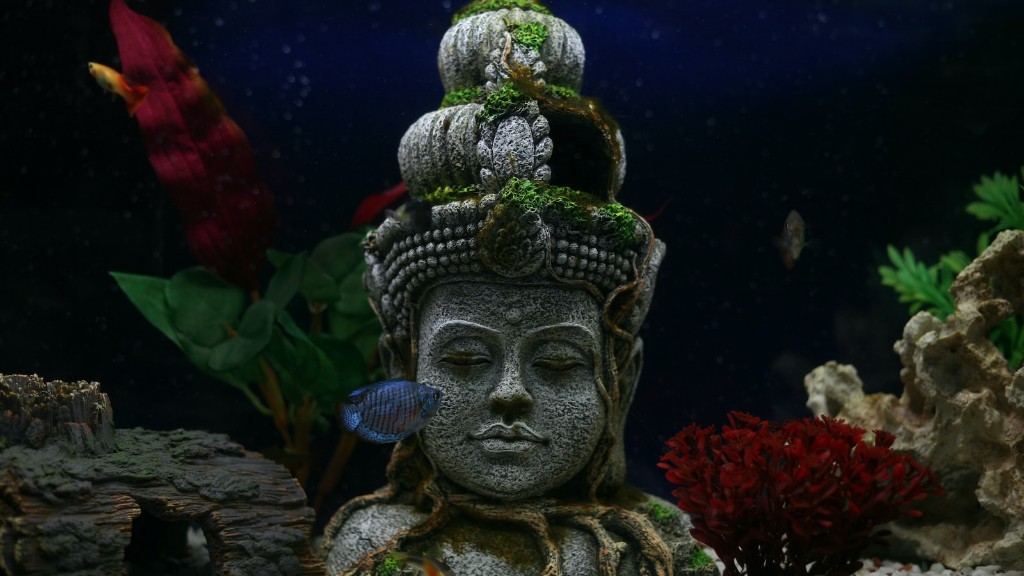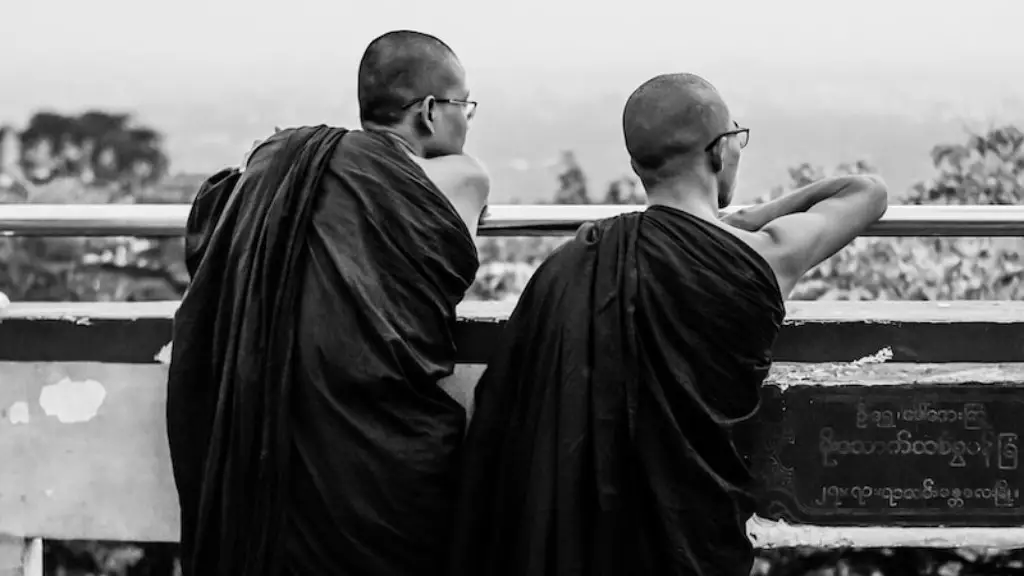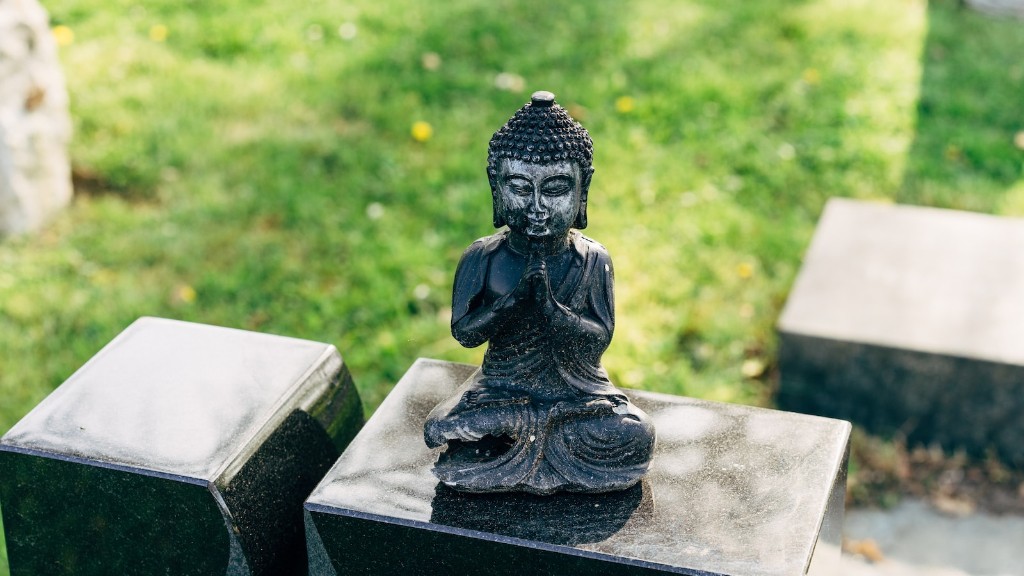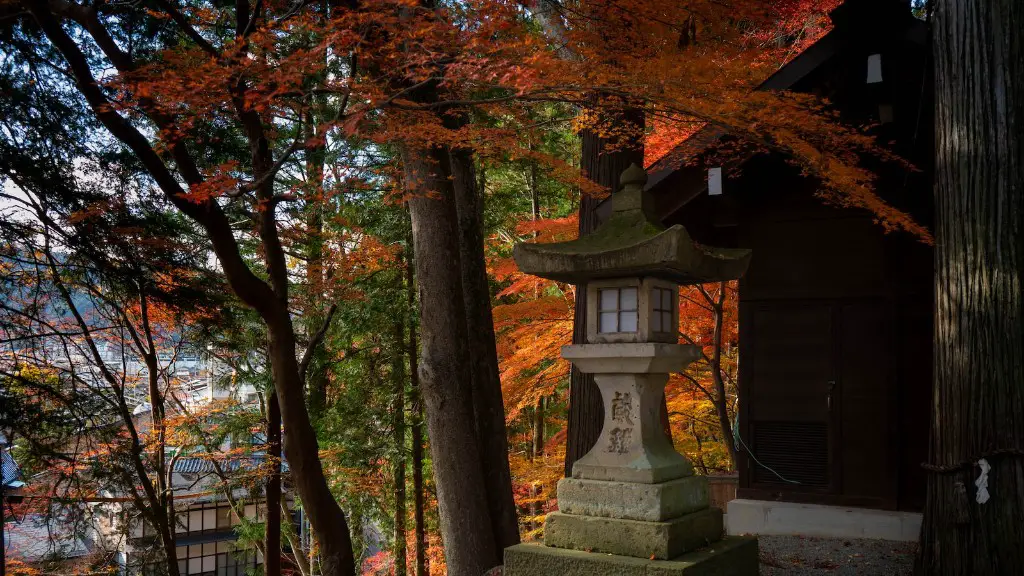Vajrayana, or “Tantric” Buddhism, is a system of Buddhism that developed in India. Vajrayana is a Sanskrit word that means “thunderbolt” or “diamond vehicle.” The Vajrayana system of Buddhism is based on the teachings of the Buddha and on the tantras, or secret teachings. The Vajrayana system is also known as the “Diamond Way” or the “Indestructible Way.”
Vajrayana buddhism is different from other schools of Buddhism in a few ways. Firstly, it is unique in its use of tantric practices and ritual. Secondly, it places a great emphasis on the teacher-student relationship, and thirdly, it sees the Buddha not as a historical figure, but as a eternal being who is always present.
How is Vajrayana Buddhism different from Mahayana?
The Mahayana path is often considered the slower path to enlightenment, as it requires many lifetimes of learning and practice to achieve. The Vajrayana path, on the other hand, is considered a faster route, although it is also more risky. Vajrayana is the tantric way, and involves using powerful techniques and practices to speed up the process of enlightenment.
Vajrayana, also known as Tantric Buddhism, is a branch of Mahayana Buddhism that developed in India during the 8th century. Vajrayana is known for its use of tantric practices, such as mantra, mudra, and visualization, as well as its emphasis on theinternalization of the Buddha.
Philosophically, Vajrayana embodies ideas of both the Yogachara discipline, which emphasizes the ultimacy of mind, and the Madhyamika philosophy, which undermined any attempt to posit a relativistic principle as the ultimate. Vajrayana is thus sometimes seen as a synthesis of these two schools of thought.
In terms of practice, Vajrayana Buddhism emphasizes the role of the guru, or teacher, in helping the practitioner to attain Buddhahood. The guru is seen as a necessary intermediary between the practitioner and the Buddha, and is believed to possess special powers and knowledge that can help the practitioner to achieve Enlightenment.
Vajrayana Buddhism also places a great emphasis on ritual and symbolism. tantric practices such as mantra and mudra are believed to help the practitioner to access hidden levels of reality, and to tap into hidden powers and energies. Vajrayana ritual often makes use
What is unique about Vajrayana Buddhism
Vajrayana thinkers believe that Tantric methods are superior to other methods because they provide a faster path to liberation. They also believe that the theory of emptiness is essential to the Tantric Buddhist view and practice.
Vajrayana is a branch of Mahayana Buddhism that developed in India. It is also known as Tantric Buddhism, Tantrayana, and Vajrayana Buddhism. The Vajrayana tradition emphasizes the use of ritual, meditation, and Mantras to achieve enlightenment.
Where is Vajrayana Buddhism most practiced?
Vajrayana is the third largest body of schools of Buddhism. It is followed mostly in Tibet, Bhutan, Nepal, Mongolia and parts of Russia, but is also disseminated throughout the world. Vajrayana Buddhism emphasizes the use of ritual and meditation to achieve Buddhahood.
Vajrayana, also known as the Diamond Vehicle or Thunderbolt Vehicle, is a branch of Mahayana Buddhism. It is based on the motivation of bodhichitta—the wish to attain, for the sake of others, the state of complete enlightenment—and is a path centred on cultivating pure perception. Vajrayana practitioners use various techniques to purify their minds and bodies, and to develop their ability to perceive the true nature of reality. These include mantra recitation, visualization practices, and the use of tantric rituals and meditative practices.
Is Vajrayana the same as Tibetan Buddhism?
Vajrayana is one of the three main branches of Buddhism, the others being Theravada and Mahayana. It is also known as Tantric Buddhism or the Diamond Vehicle Buddhism, and is prevalent in Tibetan Buddhist culture. Vajrayana Buddhism was introduced to Tibet from India in the form of Sanskrit texts in the 5th century CE.
As China becomes increasingly modernized, some of its citizens are losing touch with their traditional values—including vegetarianism. Unfortunately, this means that when they go to study Vajrayana Buddhism in Tibet, they sometimes adopt the bad habit of consuming meat, even to the point of excess. This is a shame, because it means they’re missing out on the true essence of Tibetan Buddhism, which is about compassion for all beings.
What are the Vajrayana vows
In Vajrayana Buddhism, the basic vow is to see everything as sacred and enlightened: all beings as buddhas, all sounds as mantra, and the outer world as mandala. Buddhists use their vows as a kind of compass, a way to stay on the path. The vow to see all beings as buddhas is a reminder that every being has the potential to awaken and that all beings are worthy of respect. The vow to hear all sounds as mantra is a reminder that every sound can be a source of wisdom and that every sound is worthy of attention. The vow to see the outer world as a mandala is a reminder that the world is a sacred space and that everything in it is connected.
The Dalai Lama is the spiritual leader of the Tibetan form of Vajrayana Buddhism, and had previously been the political leader as well. Tibetan Buddhist monks can be heard chanting in the background of this note.
What is empowerment in Vajrayana?
Empowerment is an initiation ritual that introduces one to a specific Vajrayana practice and allows them to engage in the practice. In an empowerment, the vajra master transmits the realization of a particular practice to the initiate. This is not a bestowing of something to the initiate that they do not have.
The Vajra is the quintessential symbol of Vajrayana Buddhism, which derives its name from the vajra itself. The Sanskrit term vajra means ‘the hard or mighty one’, and its Tibetan equivalent dorje means an indestructible hardness and brilliance like the diamond, which cannot be cut or broken. The Vajra is thus a symbol of the Buddha’s mind, which is unshakeable, indestructible andiamond-like in its clarity and purity.
What type of Buddhism does the Dalai Lama follow
The Dalai Lama is the highest figure in the Gelugpa tradition of Tibetan Buddhism, which is the largest and most influential tradition in Tibet. The Dalai Lama has a central role in Tibetan Buddhist belief and practice, and is respected by many as a spiritual leader.
In Buddhism, food is prepared as a spiritual exercise with attention to balance, harmony, and delicacy. All Buddhists practice conscious eating, and Buddha advised monks to avoid eating 10 kinds of meat for self-respect and protection: humans, elephants, horses, dogs, snakes, lions, tigers, boars, and hyenas.
Can Buddhists drink alcohol?
Buddhism teaches that drinking or using other kinds of drugs can cause carelessness and should be avoided. Buddhists typically refrain from alcohol and other drugs as a means of keeping the mind clear and focused on the path to enlightenment. For many Buddhists, this way of life is an important part of their religious beliefs and practices.
There are many different interpretations of the Buddhist dietary guidelines, but the one thing that is universally agreed upon is that killing is wrong. For this reason, many Buddhists choose to follow a lacto-vegetarian diet, as this excludes all animal products and therefore no animals need to be killed in order to provide food. This does not mean that all Buddhists are vegetarians, but it is a popular dietary choice among those who wish to practice compassion for all beings.
Warp Up
Vajrayana, or Tantric, Buddhism is an offshoot of Mahayana Buddhism and is practiced in Tibet, Nepal, Bhutan, and parts of India and China. Vajrayana incorporates many of the ideas of Mahayana Buddhism, including the concept of the Bodhisattva, or enlightened being, who postpones his own Nirvana in order to help others achieve enlightenment. Vajrayana also places emphasis on tantric rituals and the use of Mandalas, or sacred diagrams, as a path to enlightenment.
Vajrayana Buddhism is different in many ways from the other schools of Buddhism. For one, it traditionally relies heavily on tantric practices and rituals for both lay practitioners and monastics. In addition, Vajrayana Buddhism also places a strong emphasis on the role of the guru and the relationship between the guru and the student. Lastly, Vajrayana Buddhism teachings tend to be more esoteric and mystical than the teachings of other schools of Buddhism.



